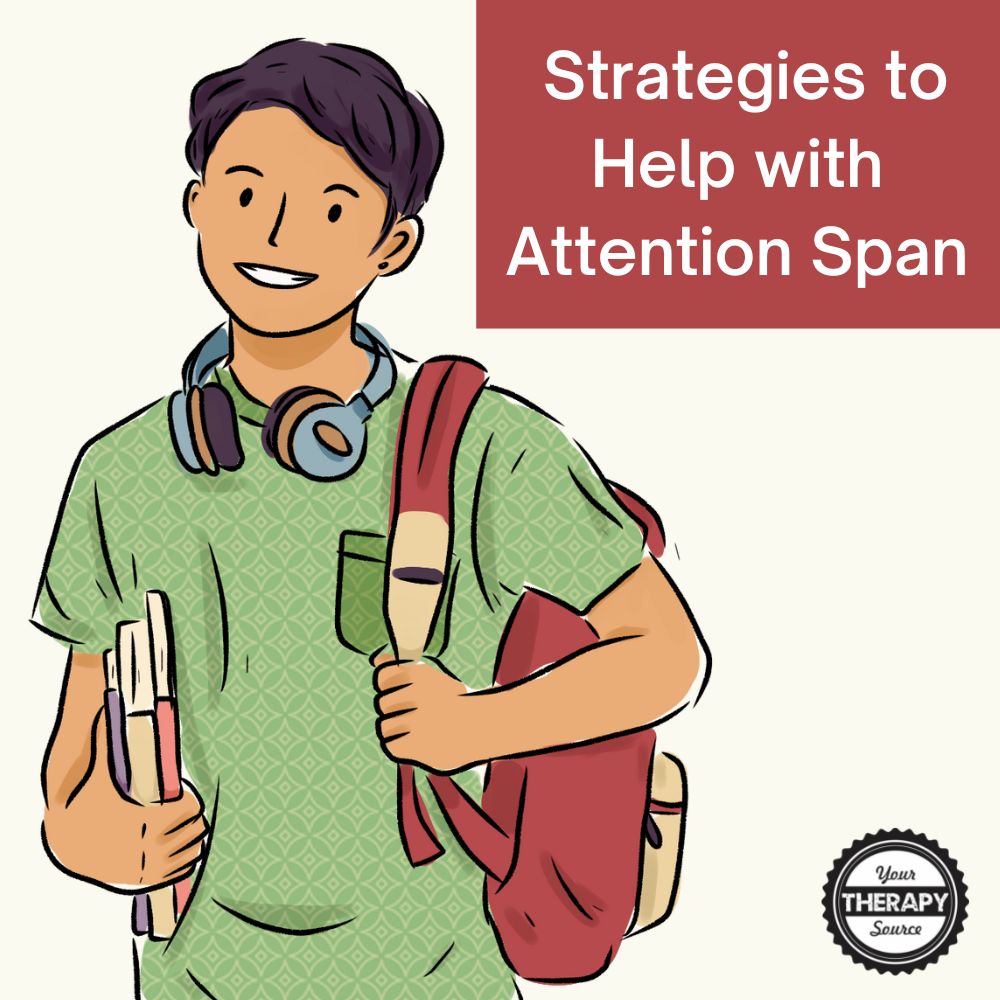Strategies to Help with Attention Span
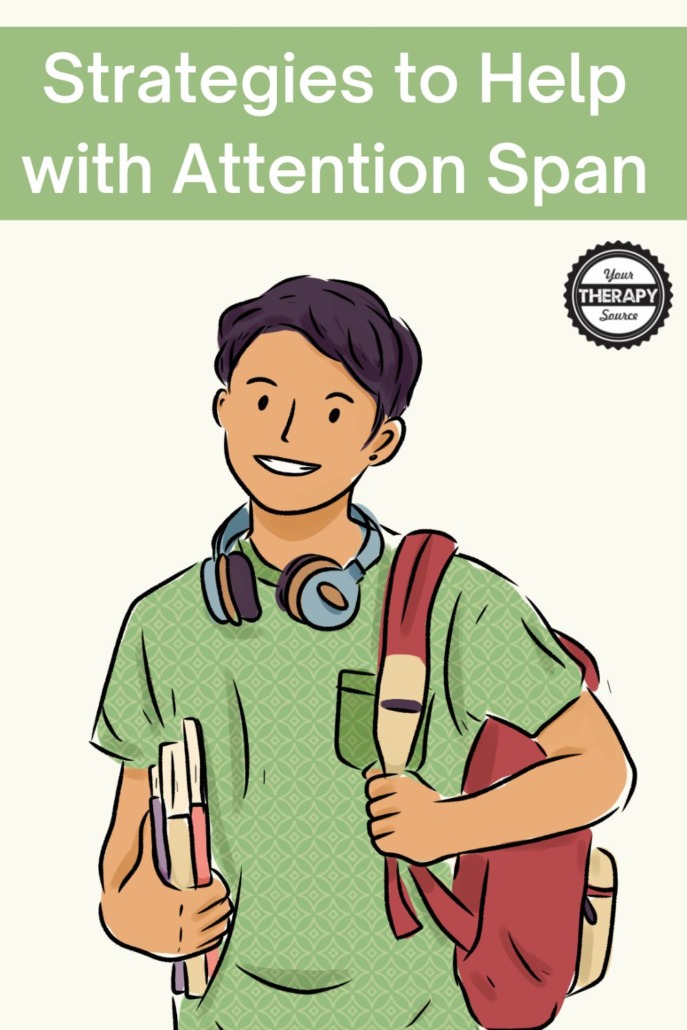
It is important for teachers to be aware of strategies to help with attention span to keep their students focused and on task. There are a number of different techniques that can be used, and each one may work better for different students.
Simple Tips to Improve Attention Span
Providing Breaks
Students who are struggling to focus may benefit from taking regular breaks. It can be a simple as a water break or a quick stretch. This can help them avoid feeling overwhelmed and stressed.
Creating a Positive Environment
A positive classroom environment can make it easier for students to pay attention and stay motivated. This means creating a space where students feel safe, respected, and supported.
Using Visual Aids
Visual aids such as charts or pictures can help students understand and remember directions. Providing visual step-by-step instructions can offer directions to stay focused until the student reaches the end goal.
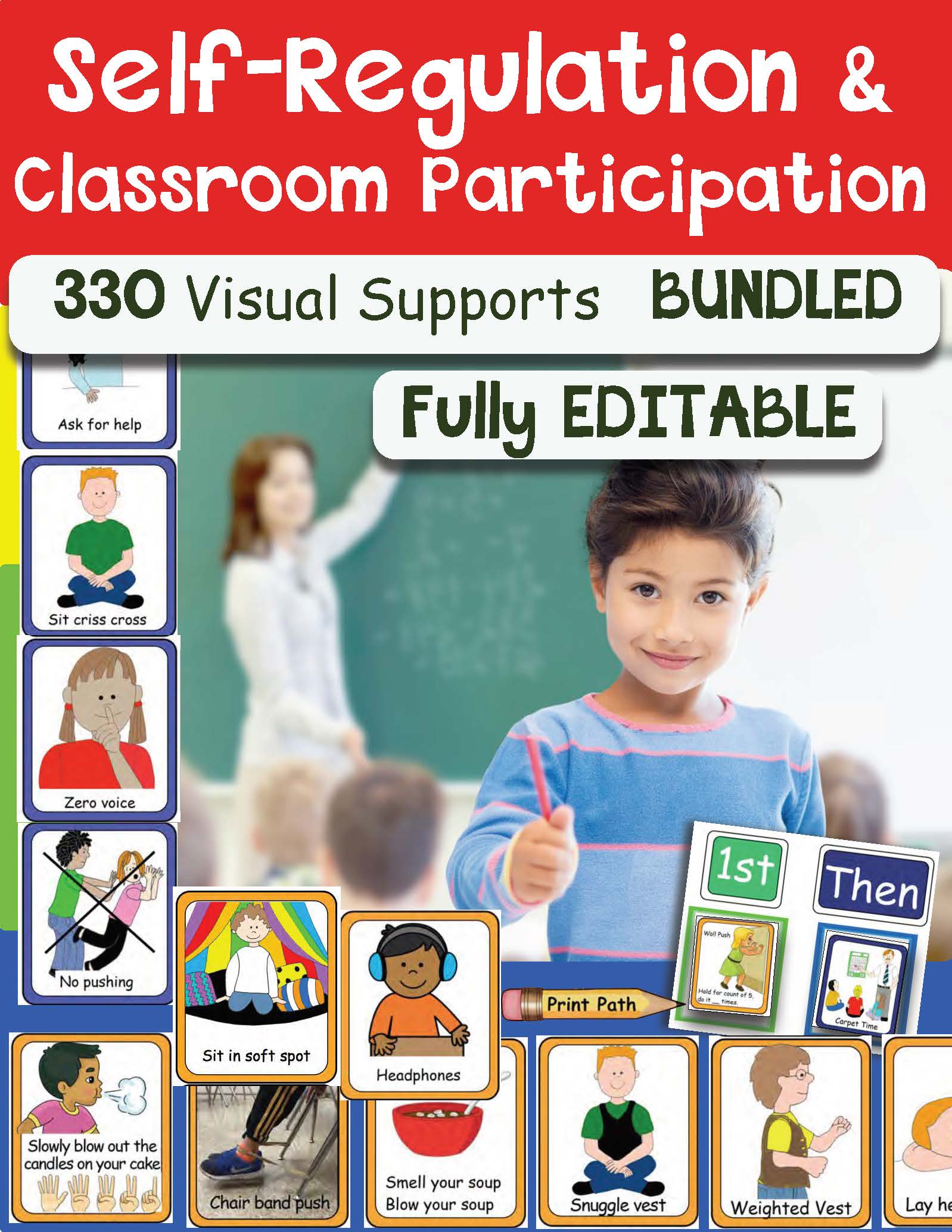
Visual Supports: Schedules, Self-Regulation, & Classroom Inclusion
Breaking Down Tasks
When a task seems too daunting, it can be helpful to break it down into smaller parts. This can make it feel more manageable and less overwhelming.
Encouraging Movement
Allowing students to move around or get up and stretch periodically can help them stay focused and engaged. Brain breaks are perfect activities to get your students’ mind and body ready to learn and pay attention.
Try exercising 60-90 minutes your students need to focus. Research indicates that there can be a delayed effect on attention span following coordination exercises (Schmidt et al, 2014).
Read more on 10 Sensory Quick Fixes to Help with Attention Span.
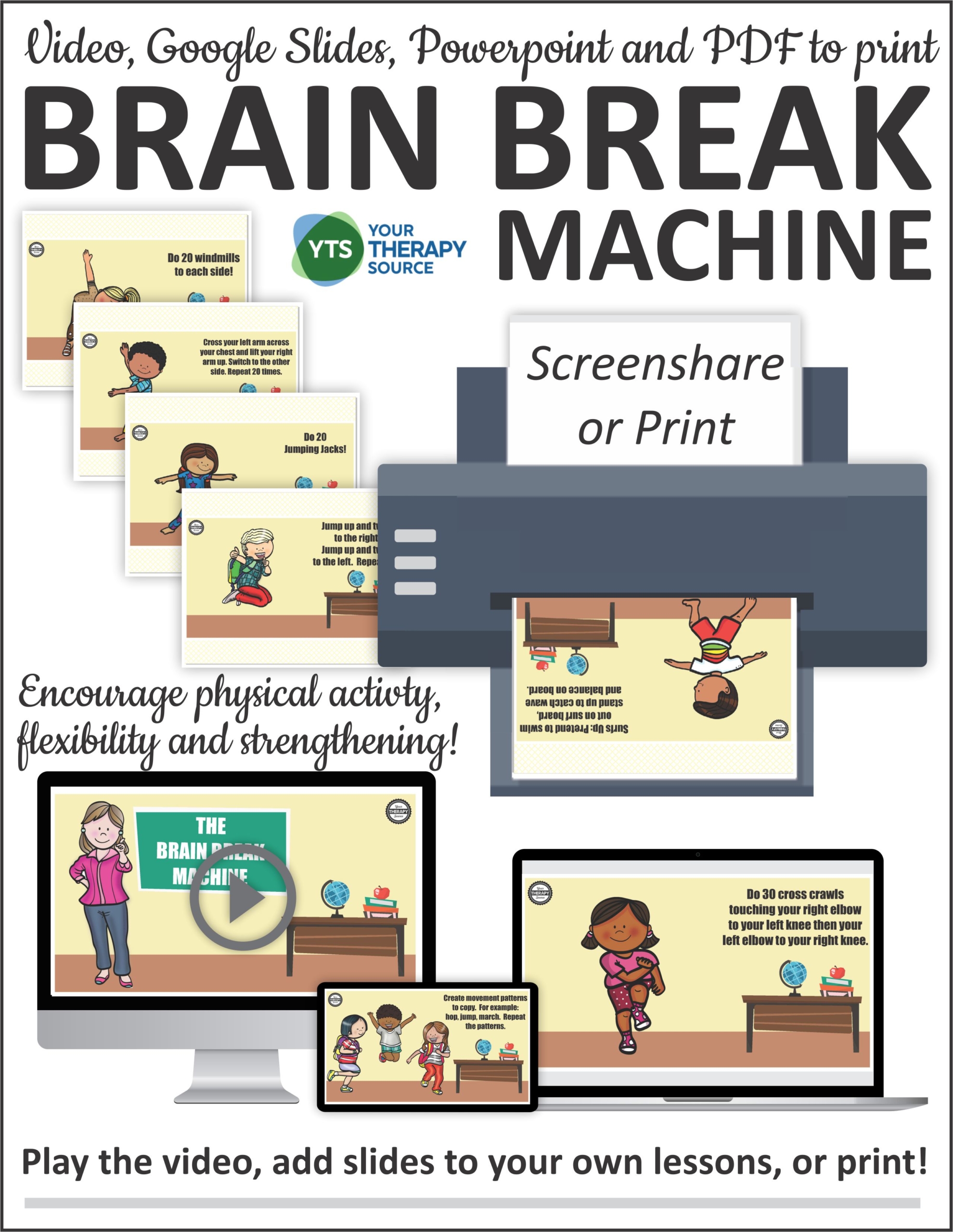
Brain Breaks for Kids – Classroom or Online Learning Tool
Modifying Assignments
If a student is having difficulty with a particular assignment, the teacher can modify it to make it easier. For example, they could provide additional support or make the task shorter.
Head Outdoors
Research indicates that going outdoors and spending time in nature can help to improve attention span in as little as 20 minutes! Read more on Attention Span and the Outdoors.
Reduce Screen Time
Excessive screen time has been associated with attention span problems in children. Encourage families to limit screen time and provide children with ample opportunities for open-ended, active play to help children achieve optimal developmental skills (Tamana et al, 2019).

How to Reduce Screen Time for Kids Ebook
Try Active Learning Strategies
Active learning techniques help keep students focused and involved in the lesson, which leads to better comprehension and retention of course material. There are many different active learning strategies that teachers can use. Read more about Active Learning Strategies.
Strategies to Increase Attention Span for Students with Disabilities
There are a number of strategies that can be used to help students with disabilities stay focused and on task in addition to the previous suggestions. When these interventions have shown to be effective, they can be added to a student’s Individualized Education Plans.
Each student with a disability has an Individualized Education Plan (IEP). This document outlines the student’s strengths, weaknesses, and goals. It also includes information about what accommodations and modifications should be made to help the student succeed.
Remember to encourage students to advocate for themselves regarding any accommodations and modifications. This is a life long skill that should be taught starting at a young age.
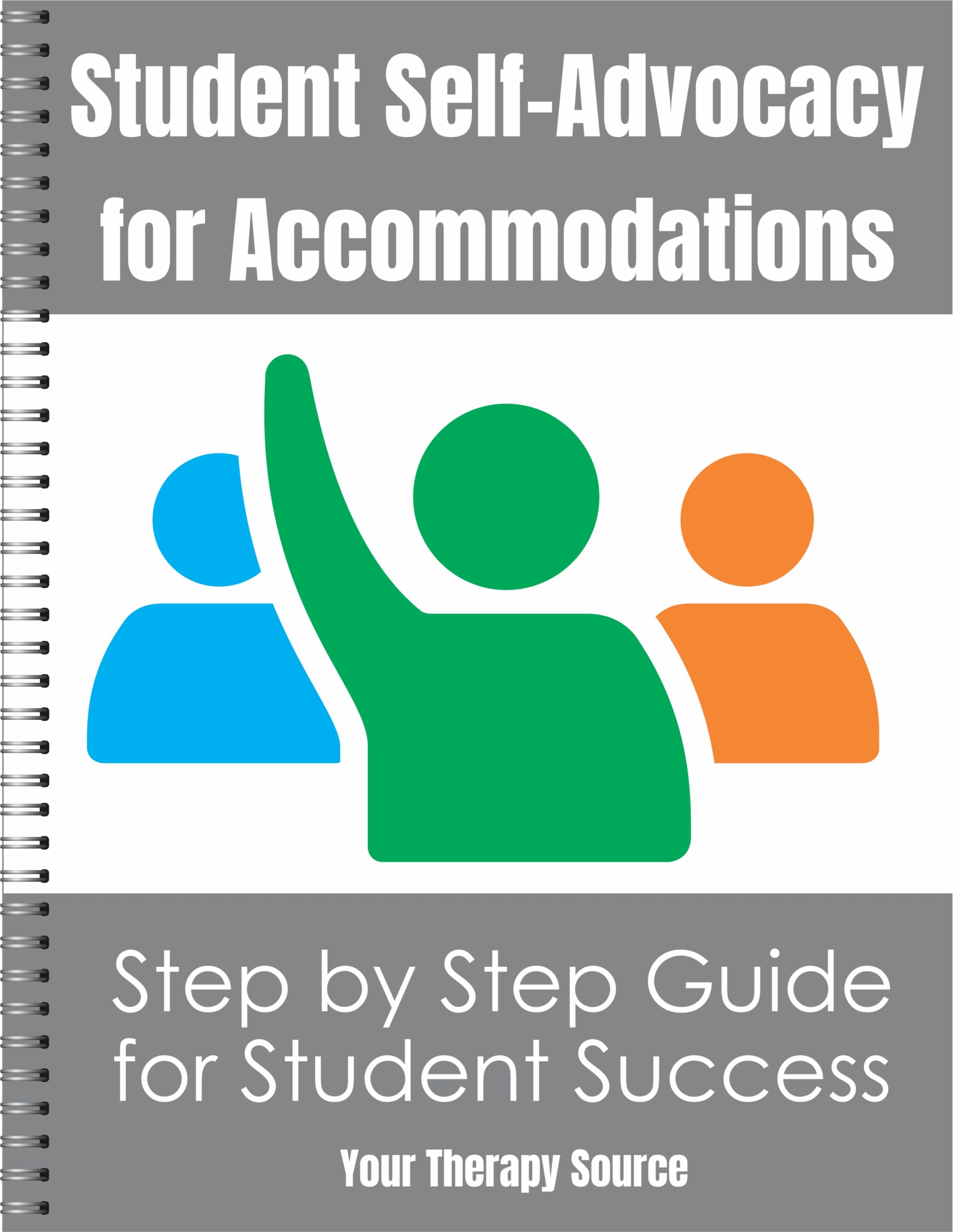
Self-Advocacy for Students
Using Positive Behavior Supports
Positive behavior supports are strategies used to encourage positive behavior and discourage negative behavior. These can be used in conjunction with an IEP to help a student with a disability stay on task.
Visual Cues
Visual cues such as hand signals or body language can be used to remind students of what they should be doing. For example, a teacher could use a hand signal to remind a student to stay seated.
Try Flexible Seating
Alternative seating may help to keep children alert and focused in the classroom. Examples of flexible seating are exercise balls, rocking chairs, and standing desks.
Task Analysis
Task analysis is a strategy that involves breaking down a task into small, manageable steps. This can be especially helpful for students who have difficulty understanding or remembering directions.
Self-Monitoring
Teaching students to self-monitor their behavior can help them stay on task. This means teaching them to recognize when they are off task and what they should do to get back on track.
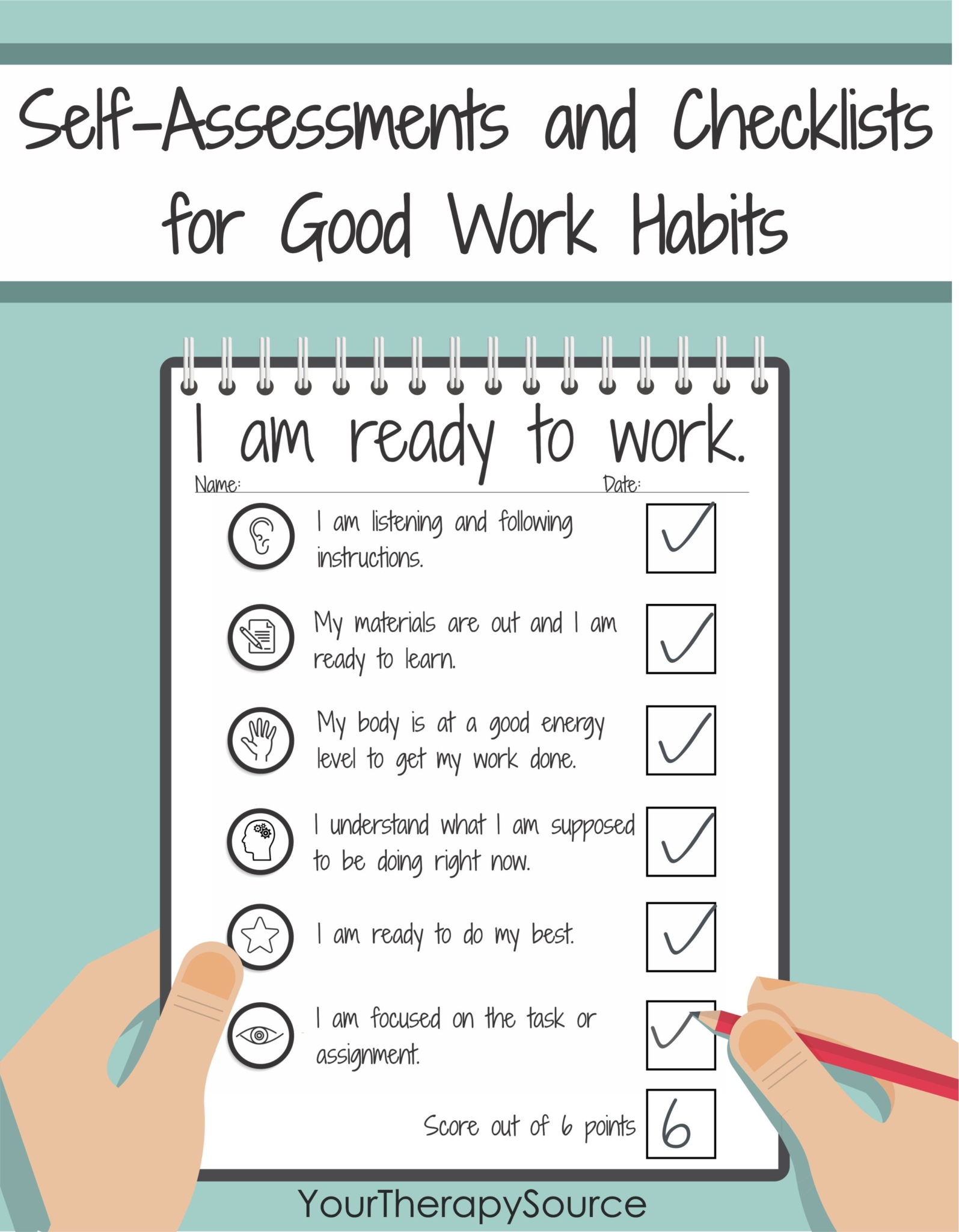
Self-Assessments and Checklists for Good Work Habits
Differentiated Instruction
Differentiated instruction is an approach that involves tailoring instruction to meet the needs of each individual student. This can be done in a number of ways, such as providing different assignments or modifying tasks.
Technology Tools
There are a number of technology tools that can be used to help students with disabilities stay focused and on task. These include apps, websites, and software programs. An example may be a timer app or noise-canceling headset.
Yoga
Research indicated that yoga interventions resulted in an average increase in time on task for all participants with emotional disturbances (Spires and Davis-Cheshire, 2022).

Yoga in the Classroom Bundle
Mindfulness Exercises
Mindfulness programs have been shown to increase attention span and improve the quality of life in children with ADHD (Valero et al, 2022).
Attention span is a critical skill for students to have in an increasingly digital world. While some students may find it easy to focus and pay attention, others may struggle with staying on task. There are strategies that both teachers and parents can use to help all students improve their attention span, including those with disabilities. These techniques should give you a good starting point as you work to help your student succeed academically and socially.
It’s important to find what works best for each individual student. Try out a variety of techniques and see which ones produce the best results. With a little effort, we can help all our students focus on their schoolwork and reach their full potential.
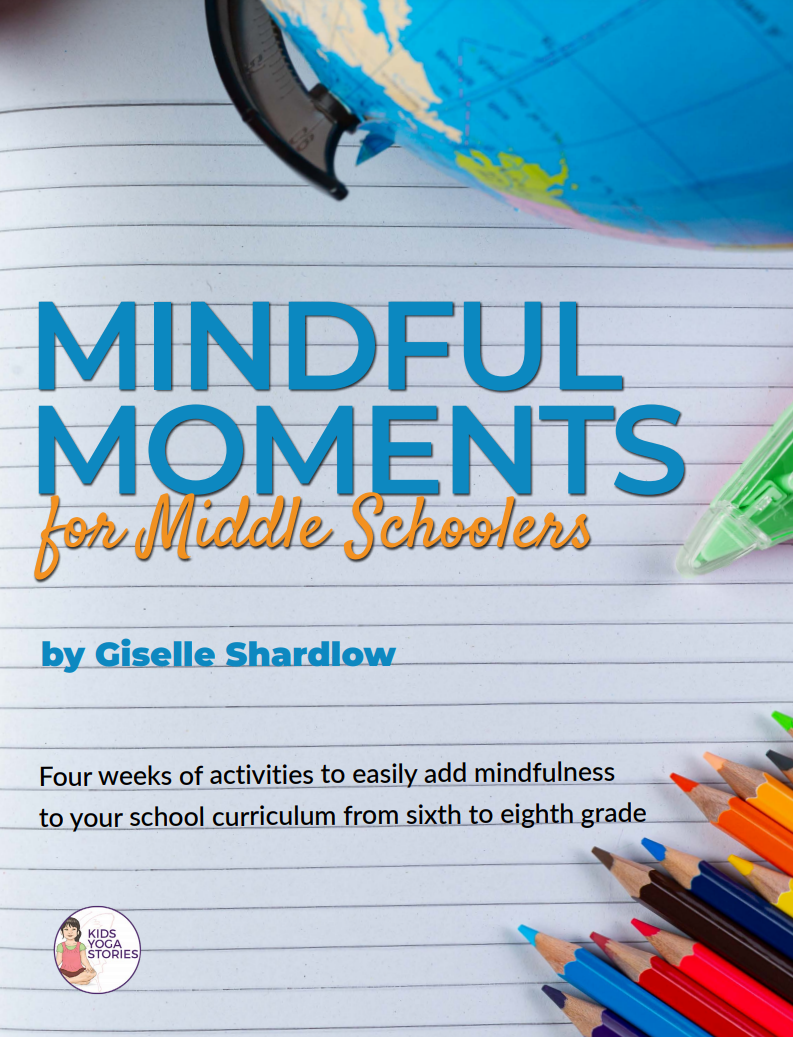
Mindfulness Middle School Workbook
References
Mirko Schmidt, Fabienne Egger, and Achim Conzelmann (2015) DELAYED POSITIVE EFFECTS OF AN ACUTE BOUT OF COORDINATIVE EXERCISE ON CHILDREN’S ATTENTION. Perceptual and Motor Skills: Volume 121, Issue , pp. 431-446.
Spires, L., & Davis-Cheshire, R. (2022). Positive Mental Health Strategies Impact on Students with Emotional Disturbances’ Attention to Task. Journal of Occupational Therapy, Schools, & Early Intervention, 15(2), 131-147.
Tamana SK, Ezeugwu V, Chikuma J, Lefebvre DL, Azad MB, Moraes TJ, et al. (2019) Screen-time is associated with inattention problems in preschoolers: Results from the CHILD birth cohort study. PLoS ONE 14(4): e0213995. https://doi.org/10.1371/journal.pone.0213995
Valero, M., Cebolla, A., & Colomer, C. (2021). Mindfulness training for children with ADHD and their parents: a randomized control trial. Journal of attention disorders, 10870547211027636.
MORE STRATEGIES TO HELP WITH ATTENTION SPAN
Strategies to Help Children Focus in the Classroom
Improve Focus and Concentration in Kids
